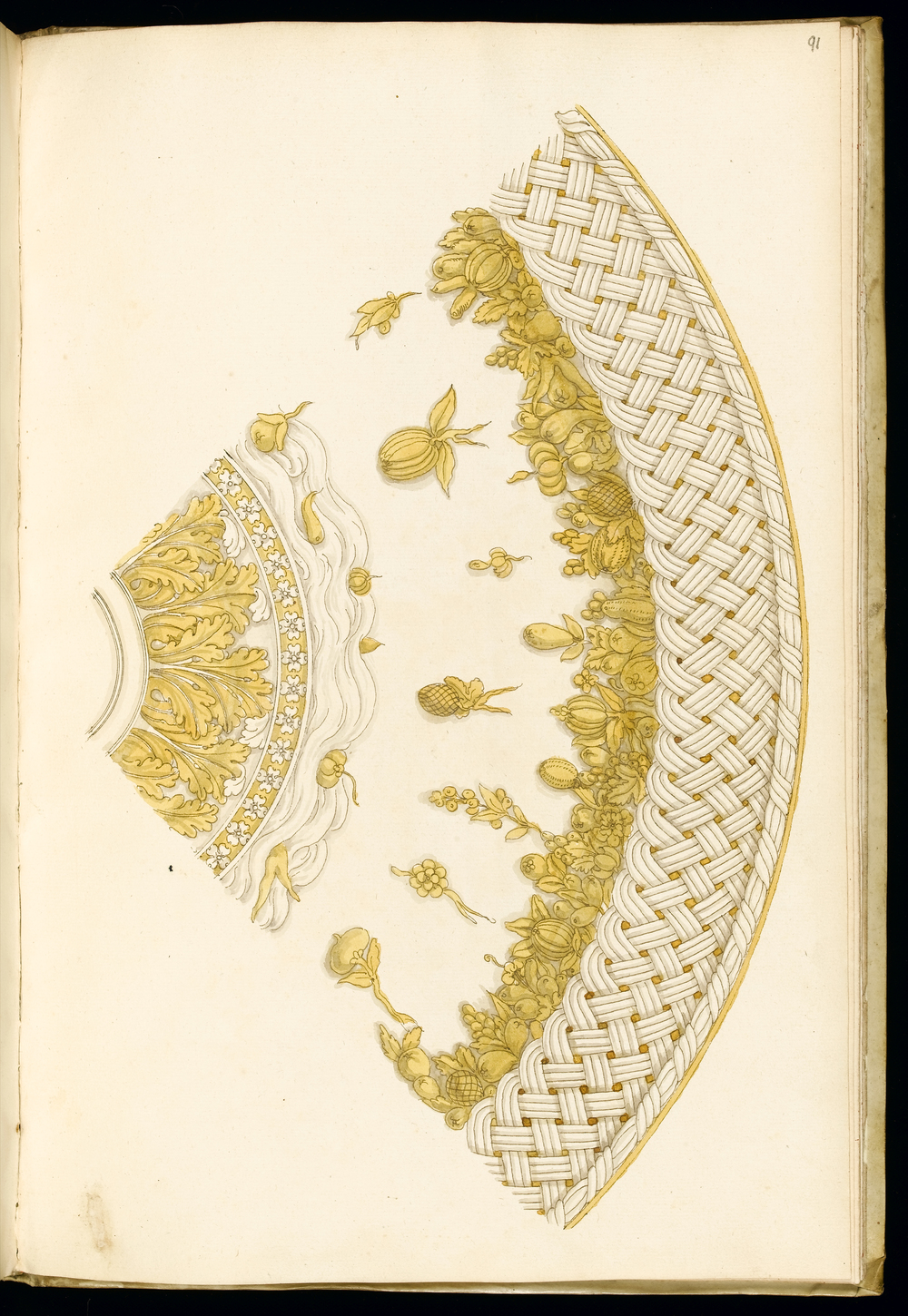
Still life with fruit and calf’s tongue Valued for its delicate flavour and texture, a cooked and trimmed calf’s tongue takes pride of place in this still life that celebrates abundance. The figs, lemons, grapes, and pomegranate were expensive luxuries most likely imported from southern Europe. The cherries, apricots, and walnuts would have been harvested locally, like the shrimps that were probably caught in coastal waters near Antwerp.
The richness of this display is highlighted by the inclusion of a costly silver tazza (footed dish) and two large wine glasses à la façon de Venise (‘in the Venetian style’), one with a domed cover. The base of the crumbling stone column is inscribed: ‘NB SVLCKE. MAECH. SVLCKE. COST’, which can be loosely interpreted as ‘each stomach takes the food it is accustomed to’, in other 2019-12-04-s, the stomachs of the rich require costly food. Through the brilliantly rendered forms, textures, reflections, and details, de Heem has conjured up a stunning feast for the eyes, and a virtual one for the stomach.
Jan Davidsz. de Heem (1606 – 84)
Antwerp, Belgium, 1646 Oil on canvas on panel
Given by A.N.L. Munby (PD.6-1948)
Conserved by Ellen Nigro at the Hamilton Kerr Institute
